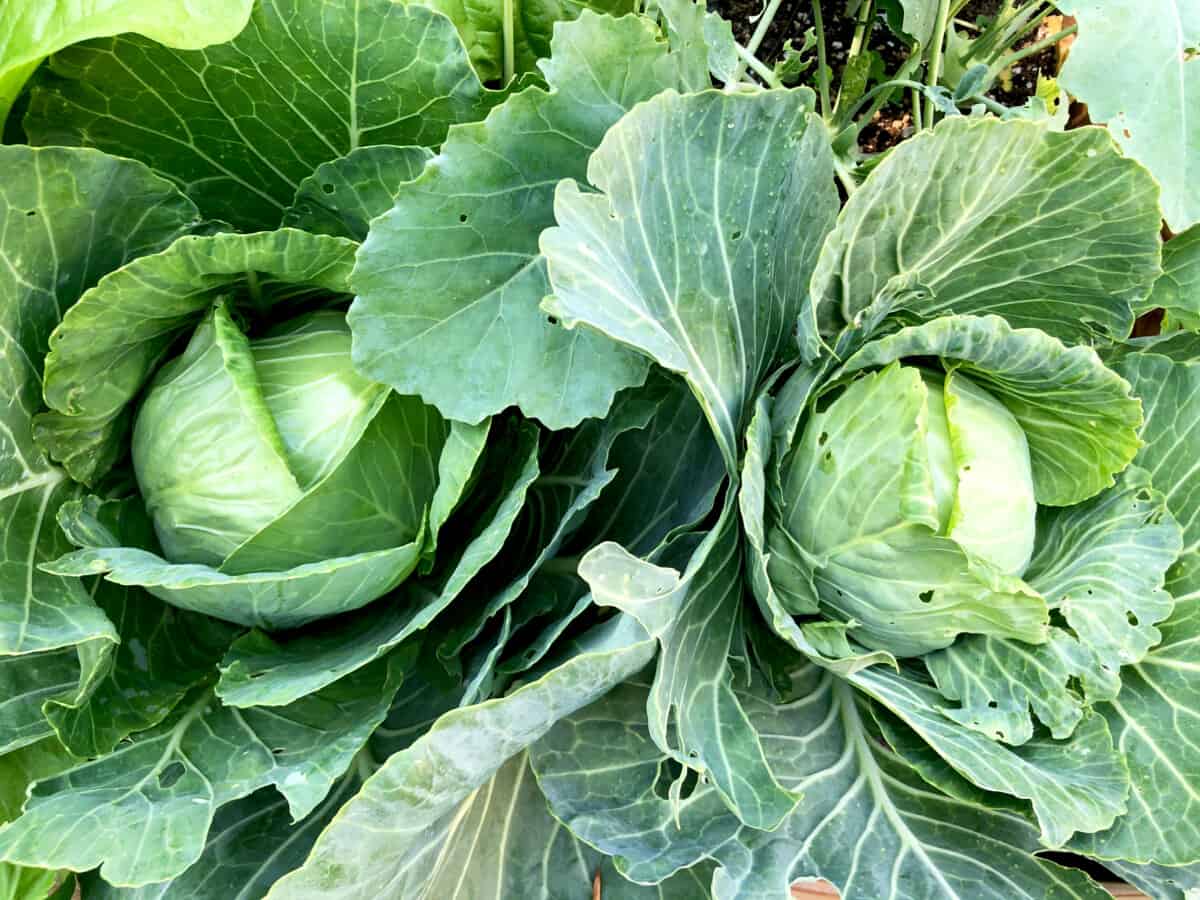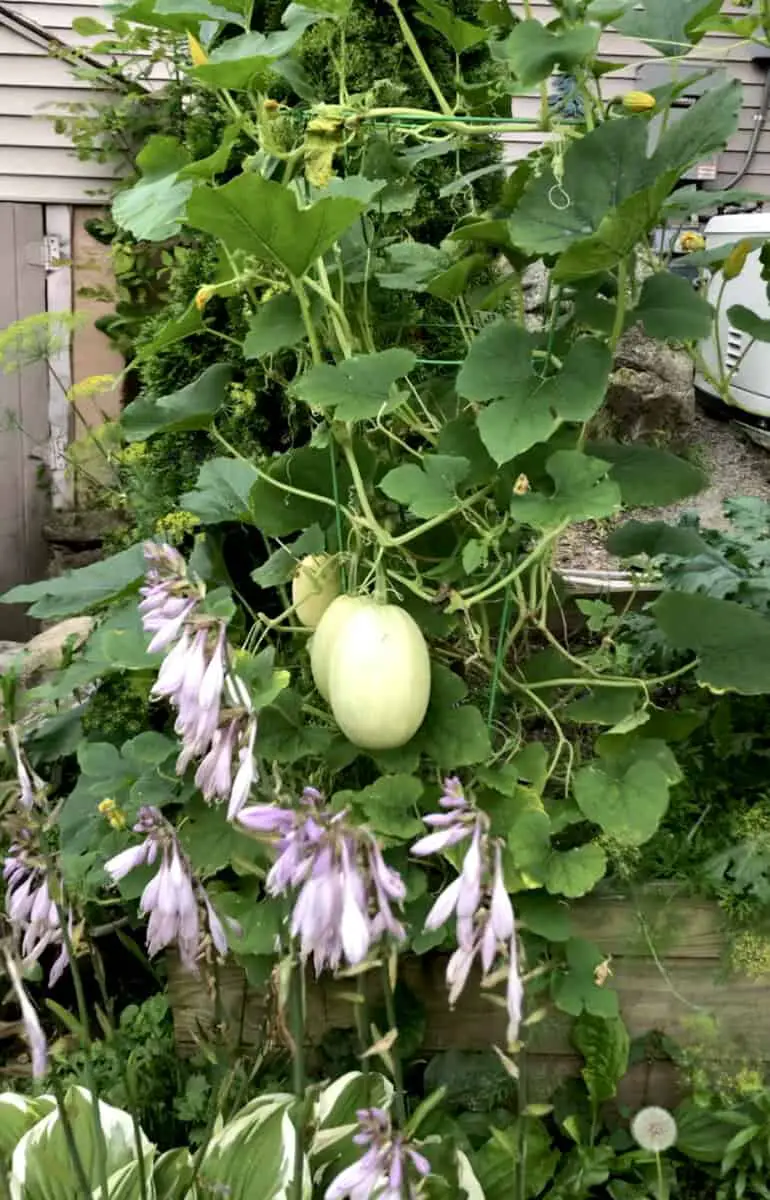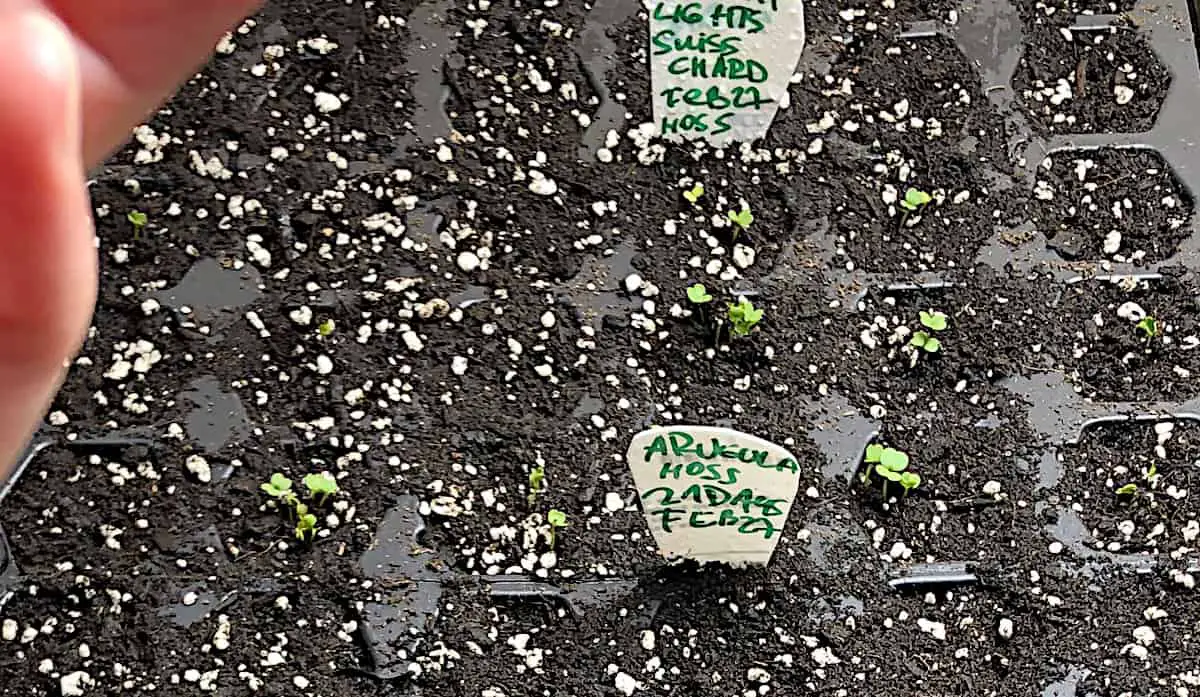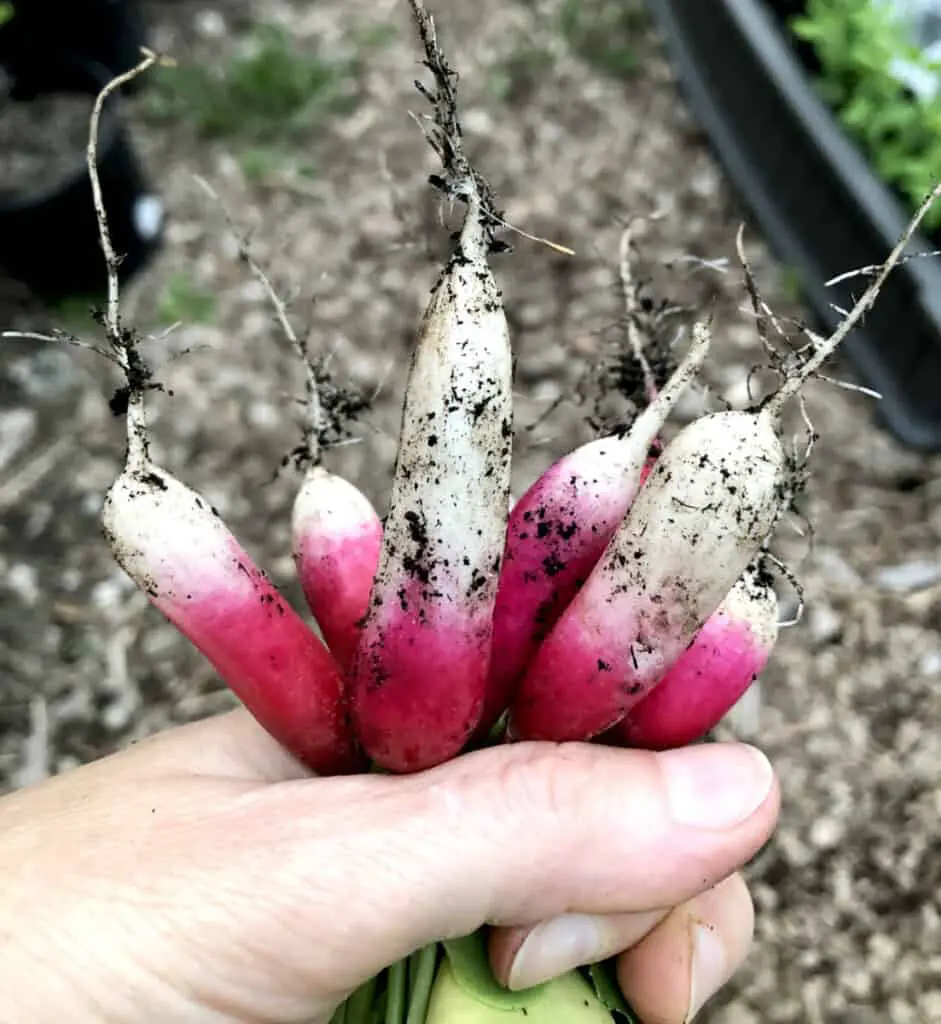Spacing vegetables correctly is key to a good harvest. Each vegetable needs its own space to grow and mature. I am an over-sower by nature, meaning I plant more seeds and plants in space and in my garden than I should. I simply want to make it up for any losses and want to make sure there is plenty to harvest. Sometimes it pays off to over-sow but sometimes I regret not giving some of the plants as much space as I should have.
Here is how to space vegetables:
- 2-3 inches between plants for the small bulb and root vegetables such as carrots, parsnip, bunching onions, and radishes
- 4-6 inches between plants for large root and bulb vegetables like garlic, leeks, mustard, kohlrabi, onions, turnips, beets, peas, spinach, dill, beans, leaf lettuce, parsley
- 7-9 inches between plants for celery, Chinese cabbage, kale, Swiss chard
- 10 inches between plants for head lettuce, collards, corn, cucumbers, basil, endive, okra, potatoes, sweet potatoes
- 12 inches between plants for asparagus, cauliflower, broccoli, eggplant, cabbage, peppers, pumpkins, summer squash, winter squash, tomatoes

To help you with sowing your seeds, read the packaging the seeds came in which includes information on who to space them. I usually don’t keep the spacing recommended, because my growing space is very limited, and also want to sow more to count with some losses that will happen for sure. Pest might eat some seeds, some seeds might not germinate, some seedlings might be eaten by pests, some plants might get the disease and die, or weather might not be favorable in the future, so I rather over-sow to ensure the harvest despite losses or bad weather. I do not totally ignore the spacing instructions on the packaging, I simply sow the seeds or plant the seedlings an inch or two closer than recommended. For example, some recommendations on sowing cabbage say to space them 15-18 inches which I cannot completely accommodate in my limited gardening space, so I plant them 12 inches apart. I would rather have 10 smaller-size cabbages than only 5 large ones. In case something happens to 2 cabbages, I would still have 8, rather than only 3, and so on. I hope it makes sense to you. Also, I am sure the plants won’t complain they got an inch or two smaller space than they should have.
Can you plant vegetables close together?
Yes, some vegetables can be planted close together. In fact, you can plant quite a number of vegetables in clumps. It is called multi-sowing. It’s a great gardening technique especially for limited or small spaces, container gardening, balcony gardens, patio gardening, or any garden really! What gardener would not want more harvest using less space while putting in less work? I am all in!
I also plant some vining vegetables quite close together compare to spacing recommendations and grow them vertically. This works well for my butternut squash and spaghetti squash. I usually plant 3 seedlings around one tomato cage and have a nice harvest.

What vegetables can be planted close together
Vegetables that can be sowed, planted close together, even in clumps herbs, root vegetables, and leafy vegetables for salad, namely parsley, dill, cilantro, chervil, basil, beets, onion for bulbs, radish, turnip, leeks, Swiss chard, kale, salad mix, arugula, and peas.
I plant these vegetables in clumps since the day I have learned they can be planted together and yield a good harvest. I never looked back.

How to harvest vegetables planted close together in clumps
Simply harvest the largest root or the leaves of the clump. Snip or cut the largest leaves of the greens. When it comes to harvesting the root vegetable, simply take the largest one of the clump and twist and pull it so the roots of the rest stay intact and only the one you want to harvest is being pulled out. In a couple of days come and harvest from the same clump again. It is a planting technique that keeps on giving.
I have learned this multi-sowing method from another great gardener, mister Charles Dowding. You can visit Charles Dowding’s blog about multi-sowing here.
Gardening is a never-ending learning and discovering of what works and what does not, what is efficient and what is not. Multisowing the seeds is one of the most yielding and time and effort-saving techniques there is. I thoroughly enjoy multi-sowing. I also recommend always learning from other more experienced gardeners who have done the work before us. An experienced gardener is a well of knowledge.
What happens if you plant vegetables too close together?
In my years of gardening, I have made plenty of mistakes by planting vegetables too close together. When I planted them too close together, I noticed, the plants did not yield the size of fruit I expected, the plants looked tired of fighting for nutrition with other plants.
If the vegetables are planted too close together, other than the ones that do well in clumps, they will be crowded and their growth will be discouraged, and stressed, which will result in pest invasion, and disease and will not develop the usable size of the fruit. Crowded plants will compete for water, nutrients, and sun, as result they will shade each and deprive each other of light. Some vegetables are happy to grow together but some need space on their own.
What vegetables do not need much space?
Vegetables that do not need much space are great choices for small gardens, limited spaces, container gardening, patio, and balcony gardens. They require small space but can yield a sizeable harvest.
Vegetables that do not need much space are leafy greens, lettuce, spinach, and Bok choy. Root vegetables like carrots, radishes, beets, garlic, onion, and shallots are also a great choice and can be provided only with a small space to yield. Dwarf tomatoes are also a great choice for small spaces. If growing vertically, a small space can accommodate pole beans, cucumbers, and even butternut squash and spaghetti squash. Herbs can provide you with cut and come again harvest through the whole growing season and require only a small space. Herbs like thyme, rosemary, sage, and basil, are cut and come again. After you harvest them, they regrow and are ready to be harvested over and over. Coriander and dill can also be planted densely and if only outward leaves are harvested, they can also be cut and come again herbs.

What vegetables are good for small spaces?
Vegetables that need very little space
How to make the most of veggie garden space
What is the easiest food crop to grow?
What vegetable can be harvested in one month?
Most high-yielding fruits and vegetables to grow in pantry stocking garden

